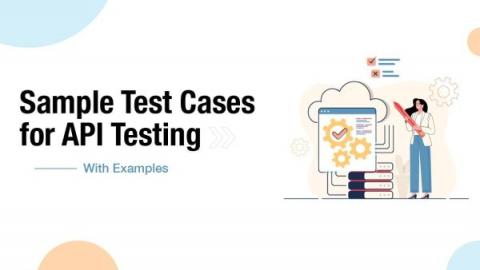How To Improve User Engagement And Retention With Product Analytics?
In the article “From Data to Insights: An Introduction to Product Analytics”, we walk you through the basics of product analytics, providing you with a high-level approach to get started with it. This time, we’d like to dig in deeper to dissect every step of the product analytics process, assuming that the main goal is to improve user engagement and retention.











